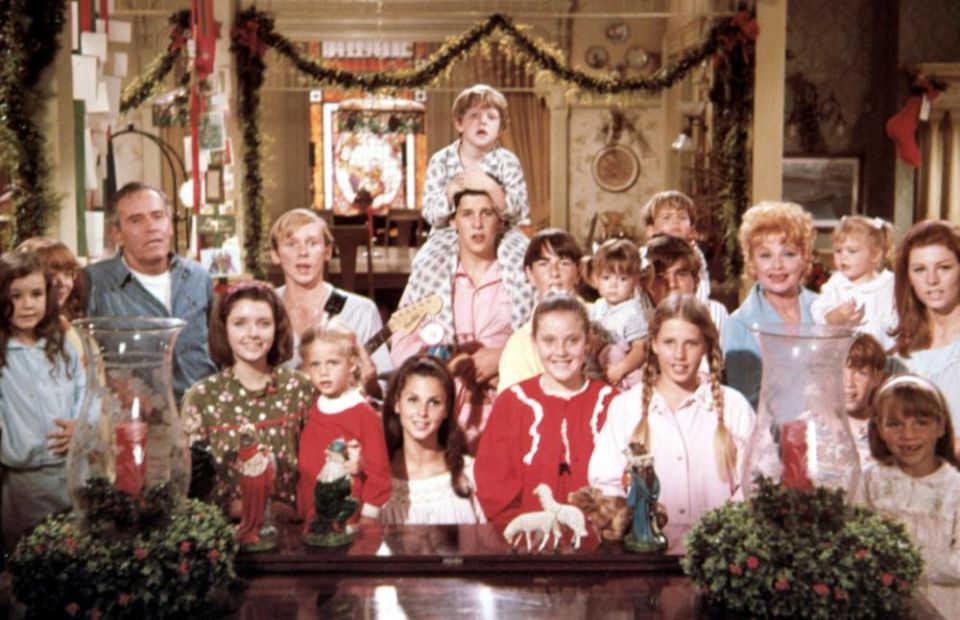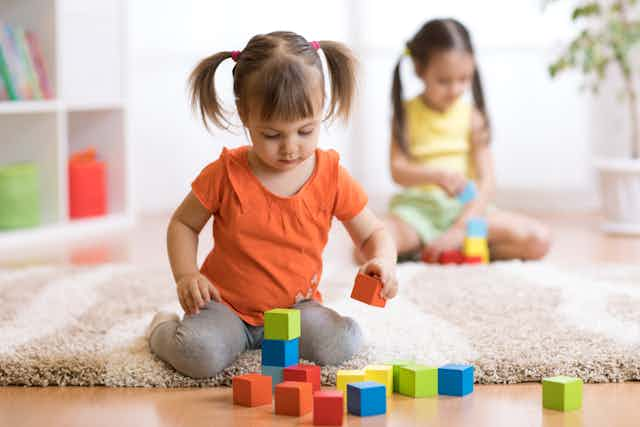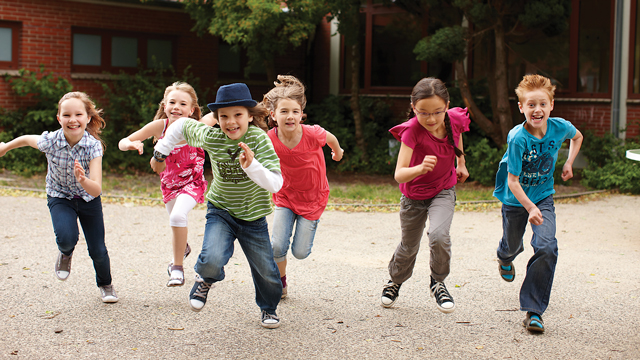Upon thinking about this, my first thoughts were an angry wave, and how when the tide goes out, everything is left calm and still. This is how we should be with ourselves as we have anger build up about what our child is doing and how we should let our anger go, so that we can talk to our child about what is upsetting us and making us feel the way we do. My second thought turned to a scene from Disney’s Moana, where Moana tries to give a suggestion about how to bring more fish to the island, but her dad gets angry, yells at her about not going beyond the reef and storms away in anger. Her mother comes to talk to her and is calm, allowing Moana to hear why her father is upset.
It is times like these that we remember our own anger and frustrations that build up within us-when our child has jumped on us for the 100th time, when they threw their food off from their plate-again, or when you are at your wits end and you don’t know how much more you can take. In Steinberg’s book The 10 Basic Principles Of Good Parenting, Steinberg says “It is perfectly normal to feel angry at your child from time to time. This doesn’t mean that you’re a bad parent, that you have a bad child, or that you have a bad relationship.” Being angry is part of being a human and having emotions and feelings.
Before you lose your last wit, count to 10, leave the room, and do something that will help you calm down. It’s okay to walk away from the situation because chances are, your child need to see you take a moment, while also taking that same moment and calming down as well. According to the Pregnancy Birth & Baby organization, who provided the above techniques for calming down, it can be important to use strategies like reducing stress, learning how to communicate better, make changes that will help you avoid situations that make you angry, set aside time for your hobbies, and consider getting help.
What causes us to get angry?
According to the American Psychological Association, “Anger is a natural, adaptive response to threats; it inspires powerful, often aggressive, feelings and behaviors, which allow us to fight and to defend ourselves when we are attacked” When our child is yelling at us or throws their toys on the ground, we feel personally attacked and we pull our feelings out and typically it’s a defense mechanism. We want to protect ourself and make sure that our child understands that we are feeling attacked and responsive.
Sometimes, we have so many things going on in our heads,
that it feels impossible and it feels like we are going around and around,
until we lose it, and maybe we yell. I think of the scene where Dash and Violet
learn from Bob that Jack-Jack has powers to. They start yelling and asking a
million questions and Bob explodes and share everything that he is stressing
about. When we break down, it can often frighten and scare our children, but it
can also go one of two ways. Your child will see and understand that you are
feeling big feelings and emotions. Or they start to relate everything to what
they see and they will begin to distance themselves from you.
As a parent, you want your child to feel, recognize, acknowledge and express what is going on and what emotions and feelings they are having. But they need to be able to learn to express their emotions and feelings in a healthy, safe way. PBS Kids: For Parents shares about being a role model for your kid by expressing how you feel in a moment, or showing them that you are also taking a step back from the situation so that you can get your feelings under control, but that you want to have a conversation about what you both are feeling. With younger kids, make a chart with facial expressions and label each feeling. Explain to them what might be happening while you’re feeling each emotion and what it might look like by making the facial expressions too.
No matter what is going on, we can express together what we are feeling and how we can make changes in our reactions. We want our children to know that we are safe people to talk to and that we can help them identify what they are feeling.
References
American Psychological Association. (2022, March 3). Controlling anger -- Before it controls you. American Psychological Association. https://www.apa.org/topics/anger/control
Incredibles 2- Bob Gets Angry. (2018, November 30). Www.youtube.com. https://www.youtube.com/watch?v=OoaCiF1j7v8
Moana Fights with Her Dad. (2017, October 1).Www.youtube.com. https://www.youtube.com/watch?v=sQfk2V7WUjc
PBS Kids. (2021, January 29). Helping Kids Express Their Emotions | Parenting Tips & Advice. PBS KIDS for Parents. https://www.pbs.org/parents/thrive/helping-kids-express-their-emotions
Pregnancy Birth & Bab. (n.d.). {{meta.og.title}}. Www.pregnancybirthbaby.org.au. https://www.pregnancybirthbaby.org.au/controlling-your-anger-as-a-parent





